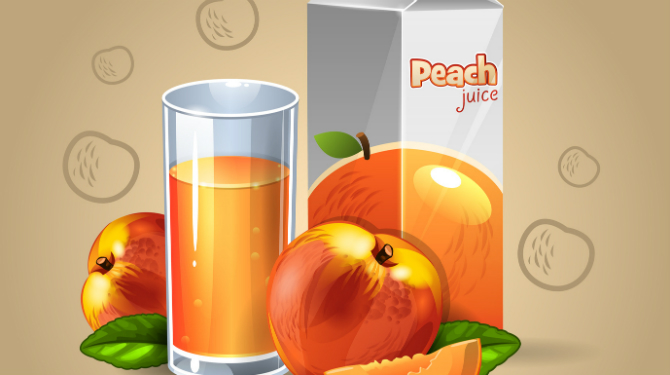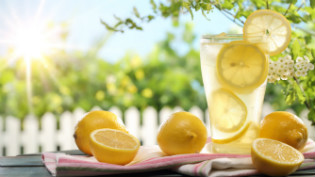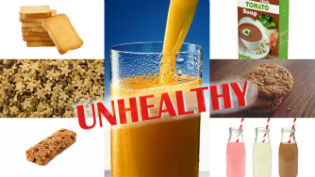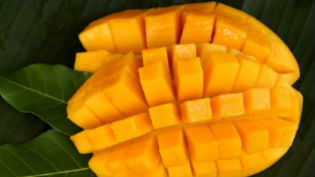
Sweet and sour untold story - Know your Juices

Juice at home ? Juice in a tetrapack OR Juice available at roadside stall ? What’s the difference ? It’s juice..how does it matter ?
Have you ever observed ganga-jamuna being made at the roadside juice stall ? The oranges and mosambis’ are peeled and fed to the manually operated juicer. After a few churnings, you will see the extracted juice making its way out through the other end, entering a glass and into your tummy. That’s a very good observation. But,what your eyes missed is the number of oranges and mosambi’s that were fed to the juicer and the fruit pulp ( fibre) that just got wasted. If you were asked to self-peel , and then eat the fruit , you may consume just 1 or maximum 2 as compared to 5-6 oranges in the juice.
‘Dimaag ki batti jalao!’ Indirectly, you have gulped sugar present in 5-6 fruits in just a few sips. Now, can you imagine the sugar load on your body? It’s a lot. In response, your body releases insulin, a hormone which will bring the sugar spike in control. Excess fruit sugar then enters the liver and gets converted to fat.
While juicing, fruit fibre gets separated ( Remember that pulp?). Fibre is a mesh-like network, a hurdle - not allowing the fruit sugar to enter the blood but will surely let your taste buds enjoy the sweetness and juiciness of the fruit. But, you just lost the fibrous pulp during juicing. Minus the fibre - Minus the benefits of fruit. Fibre also helps in weight loss, diabetes and cholesterol management.
The whole fruit you eat makes your jaws and mouth do some movement. The biting and chewing will have a satiety effect. Gulping down that glass of juice may just quench your thirst. ( I guess, even water does that).
Another important aspect to be understood is the loss of micronutrients while juicing at home , hotels or roadside stalls. The most valued and vulnerable component of fruits and veggies are the vitamins and minerals. These micronutrients get destroyed by heat, light and exposure to air. While juicing, fruits are peeled, sliced by spinning blades of juicer and thus are exposed to light and air. The process of churning may produce heat and cause loss of some nutrients. You have paid for those nutrients, don’t let it get destroyed !
Juicing may seem an easier option but is it really worth it ? You lose out on fiber, some precious nutrients and in return are rewarded with sugar load. So, is there a solution to this ?
You lose out on components , so post juicing lets re-add them. Let’s enrich it again with a fiber source and add in some vitamins and minerals. Your roadside juicewala cannot do this. So, the big man- food industry comes into the picture. The food industry presents an entirely different formula for fruit juice. They want a larger section of the population to enjoy it and that too for a longer time. ie. The fruit juices must be preserved. So, besides adding vitamins and fibre, acidity regulators, antioxidants ( preservatives), juice concentrates are also added. The juices are pasteurised before packaging. To retain colour and flavour, artificial ingredients may be added.
Chemicals ? Preservatives ? No No...I can’t be gulping that down! What next ? You have made up your mind that whole fruits are better than juices. But, just then a set of people come up with a different technology for processing - hydraulic pressure processing (cold-pressed).
Now, what’s cold-pressed ? It is a type of processing in which fruits are sterilised and then slowly pressed from both ends in a hydraulic machine such that maximum amount of juice can be squeezed without using any blades or heat. (thus the term cold-pressed). Such processing claims to retain upto 90% of nutrients. Does it really retain nutrients to that extent or is it just a claim?. Sadly, the nutrition label of cold-pressed juices does not mention the vitamin and mineral content. The fibre and sugar content too is not available. In such cases, it’s better not to sip , than sip with half-knowledge.
So, the moral of the story-
Fruit juice , no matter what type of processing, gets devoid of fibre and loads you with sugar. The little nutrients it provides does not justify the negatives.
The problem here is that in the term fruit juice - fruit gets highlighted more than juice. This grabs more attention and want. But it is juiced....you need to keep that in mind too.There are no TV advertisements tempting you to eat whole fruits. Advertisements of juices are many. That does the trick.
‘Eat whole fruits.’ If at all you feel like juicing, make your own mix and match.
Avoid adding water and sugar. Do not strain your juices, instead gulp down a pulpy juice. Add spices such as ginger, it will help boost your metabolism. Herbs such as celery and mint give a different flavour to your juices. If you wish to thicken the juice, add chia seeds, nuts or flaxseed powder.













